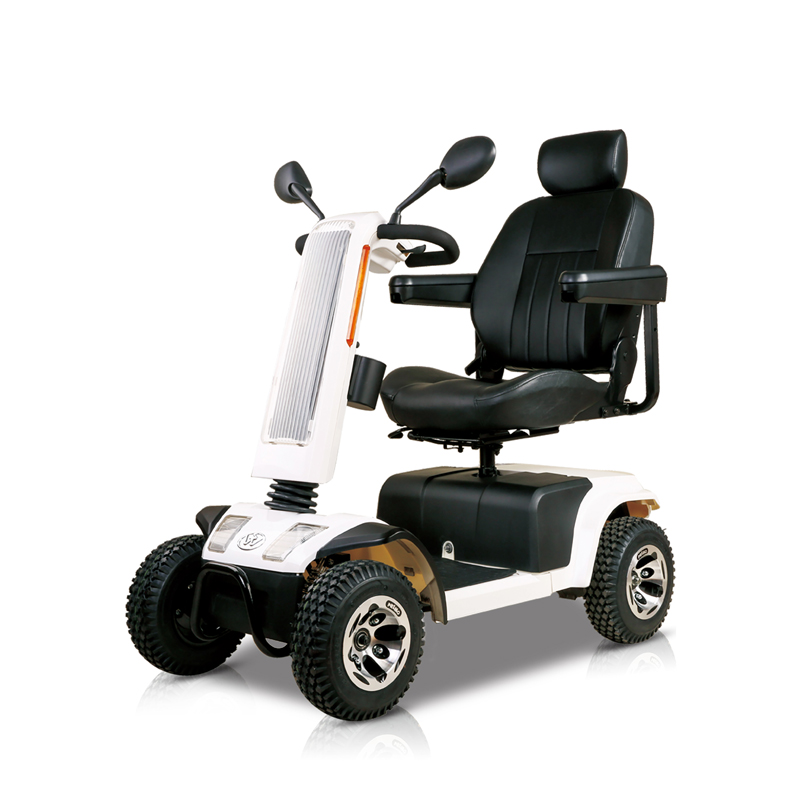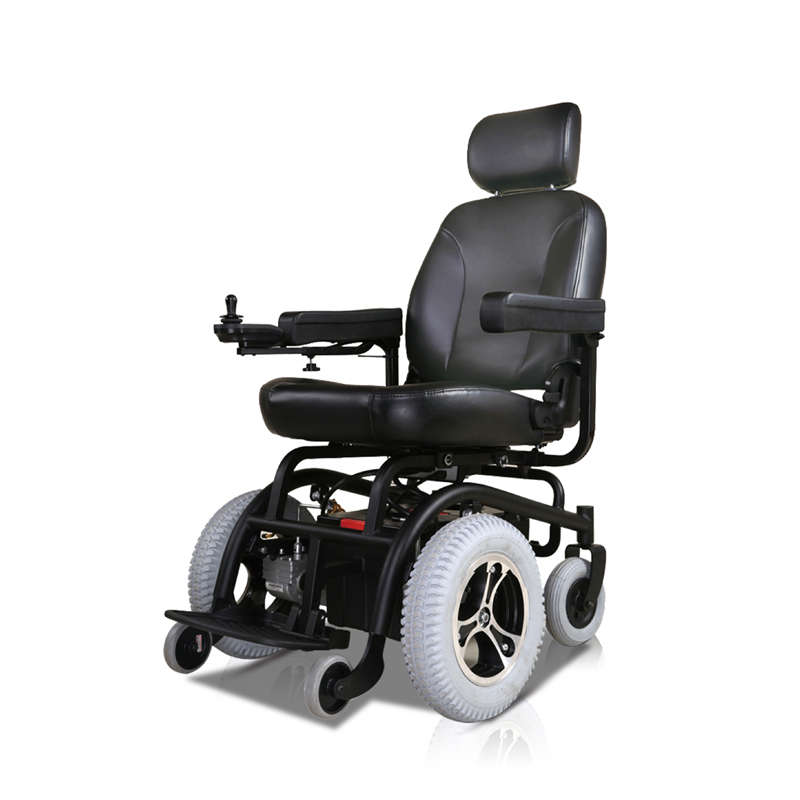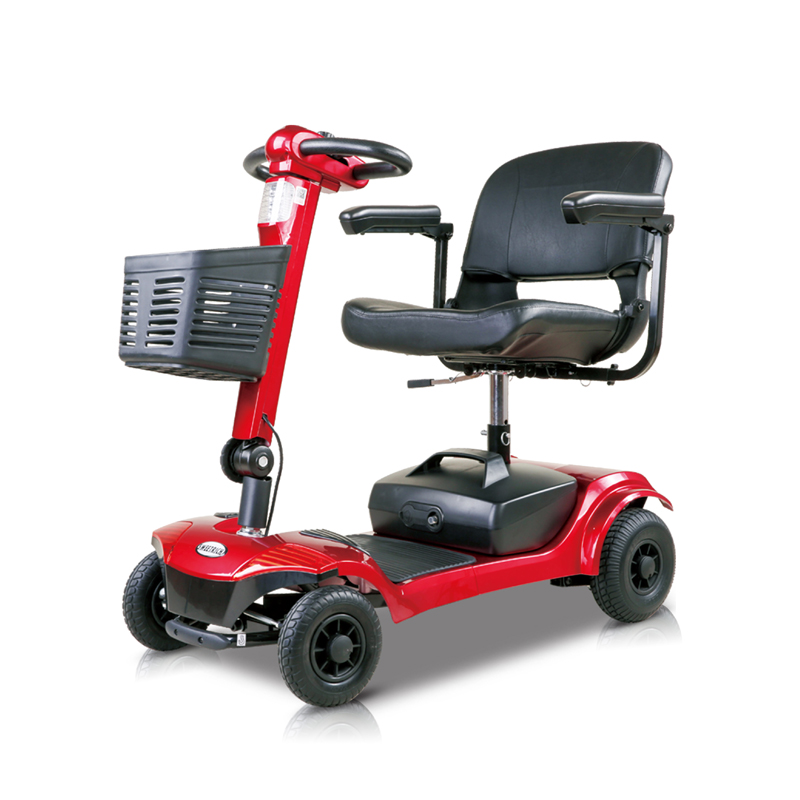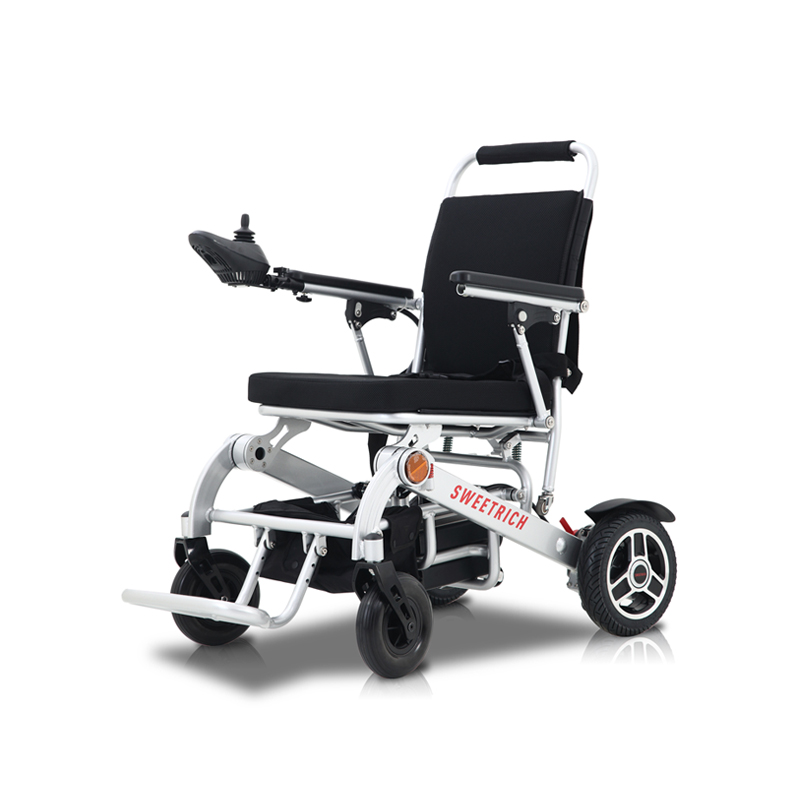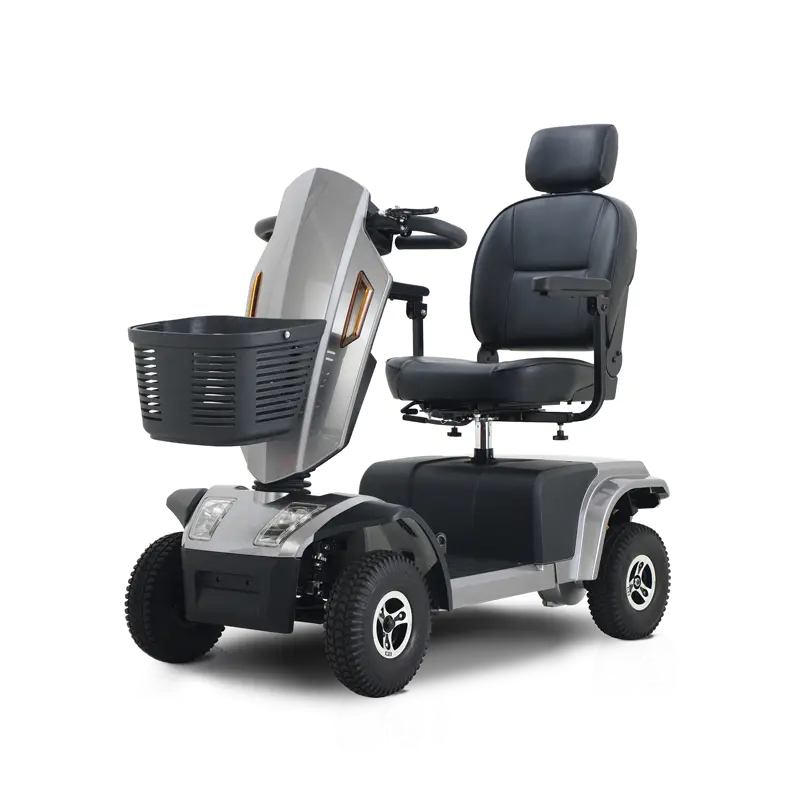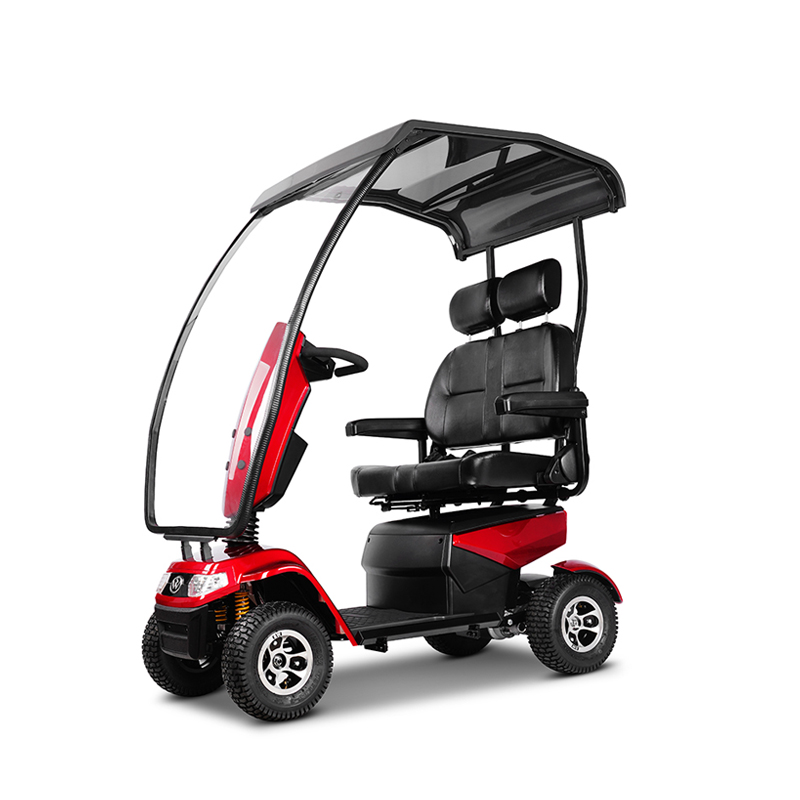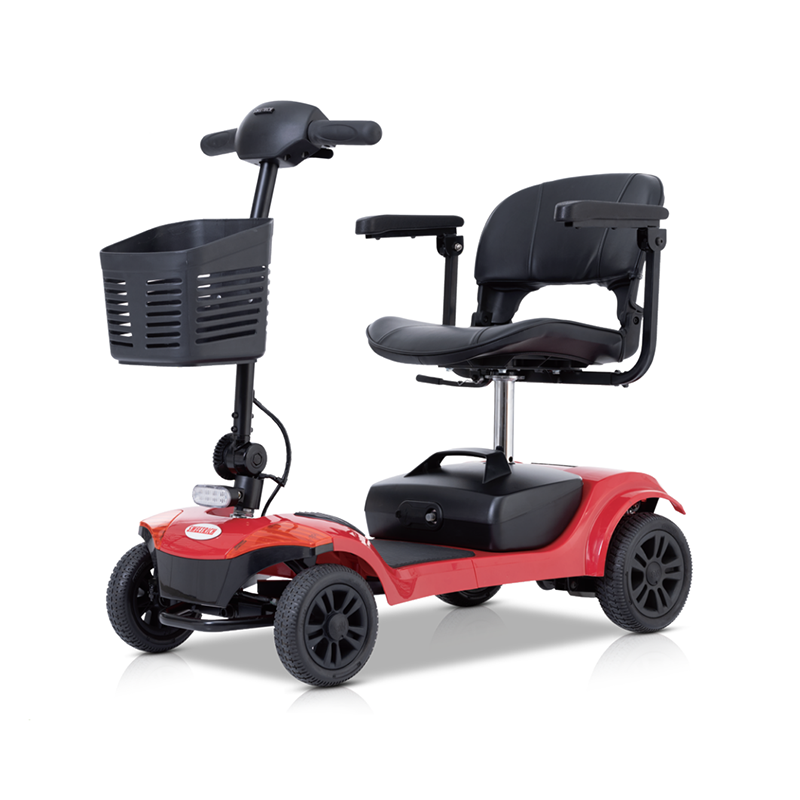In the era of intelligent mobility, user expectations are continuously evolving, and the wheelchair manufacturing industry is undergoing a powerful transformation driven by technology, material science, and human-centered design. A Wholesale Wheelchair Manufacturer today must rethink every stage of production—from structural materials to connectivity features—to meet the rising demand for wheelchairs that combine comfort, performance, and adaptability. Two major forces are shaping this new direction: the adoption of lightweight materials and modular design, and the integration of data-driven smart systems that redefine mobility in healthcare and daily living.
Lightweight Materials: Reducing Barriers, Enhancing Freedom
One of the key shifts in wheelchair production is the move toward lightweight materials that improve both functionality and user experience. Traditional steel frames, once standard in wheelchairs, are being replaced by high-performance materials such as aluminum alloys, carbon fiber composites, and reinforced polymer plastics. These materials greatly reduce overall weight without sacrificing strength or durability. Aluminum offers rigidity and corrosion resistance, making it ideal for both indoor and outdoor environments, while carbon fiber combines an strength-to-weight ratio with vibration damping, ensuring smoother and more efficient movement.
For users, lighter weight translates into improved maneuverability and reduced fatigue—essential for those who rely on manual propulsion. Aluminum frames are durable and weather-resistant, suitable for long-term use, while carbon fiber provides responsiveness and comfort, preferred by active users and athletes. These innovations also help manufacturers lower transportation and assembly costs while improving energy efficiency in powered models. Moreover, lightweight engineering supports more sustainable production by reducing material consumption and emissions, a factor increasingly vital for manufacturers expanding into global markets that prioritize eco-certifications.
Modular and Customizable Design: Redefining Personal Mobility
Modern wheelchair users no longer settle for one-size-fits-all products. They seek solutions that reflect their lifestyle, health needs, and aesthetic preferences. This shift has led to the rise of modular design systems, allowing users to easily reconfigure their wheelchairs without purchasing entirely new models.
Manufacturers are now developing platforms where key components—such as frames, wheels, armrests, and drive systems—can be swapped or upgraded. This modular approach extends product lifespan, minimizes waste, and aligns with global sustainability goals. For example, a user who starts with a manual wheelchair can later integrate a powered assistance module or smart control unit as their mobility needs evolve.
Customization is also gaining importance. Many wholesale wheelchair manufacturers now provide digital configuration tools that allow customers to select sizes, materials, and finishes, even previewing designs before ordering. This trend promotes large-scale customization—where standardized modules boost efficiency while offering individual personalization—ensuring wheelchairs that fit perfectly in body dimensions, posture requirements, and daily routines.
Intelligent Mobility Integration: The Rise of Smart Wheelchair Systems
The new generation of wheelchairs goes beyond mechanical design. With advancements in sensors, artificial intelligence, and connectivity, smart wheelchairs are becoming part of a broader assistive ecosystem. Integrated systems now monitor performance, battery health, posture adjustments, and environmental conditions, enhancing user independence and confidence.
For electric models, intelligent features include terrain-adaptive drive systems that adjust torque and speed according to surface conditions. Some designs incorporate IoT-enabled components that allow healthcare providers to track maintenance schedules or adjust settings remotely, reducing downtime and improving overall safety. Manufacturers are also exploring voice control, gesture recognition, and app-based navigation—offering users seamless control and convenience. Combined with modular engineering, these systems can be upgraded individually, maintaining long-term value without full replacement.
The Role of Digital Manufacturing and 3D Printing
As demand grows for personalized and ergonomic solutions, 3D printing and digital manufacturing have become critical tools in wheelchair production. Additive manufacturing enables the creation of complex lightweight structures that traditional processes cannot achieve. Custom components such as contoured seat shells, hand rims, or wheel hubs can be produced with millimeter-level precision to match each user’s anatomy.
This approach enhances comfort and performance while reducing material waste and times. Manufacturers can quickly prototype new designs, test configurations, and accelerate time-to-market. Digital manufacturing also supports localized production, enabling regional facilities to efficiently produce custom wheelchairs and respond rapidly to specific market needs.
Sustainability and Circular Manufacturing Models
Across the mobility sector, sustainability has become a defining principle. Wheelchair manufacturers are increasingly adopting eco-friendly materials and production practices. Recyclable polymers, bio-based composites, and reusable packaging are replacing traditional plastics.
The modular approach naturally aligns with circular economy principles—users can replace individual components such as tires, control units, or seating systems instead of discarding the entire wheelchair. This reduces waste and ownership costs, a crucial factor in healthcare and rehabilitation markets where affordability directly influences accessibility. Many manufacturers are investing in energy-efficient production lines powered by renewable energy and closed-loop water systems, minimizing environmental impact and meeting international sustainability standards required in modern supply chains.
Collaborative and User-Centered Design
Another defining trend shaping the industry is collaborative design—where manufacturers, healthcare professionals, and end users co-create products. This ensures that wheelchairs meet real-world needs, not just technical specifications.
Feedback loops between users and engineers drive improvements in ergonomics, adjustability, and tactile comfort. Rehabilitation specialists contribute expertise on posture and motion efficiency, while designers balance usability and aesthetics. By combining engineering precision with lived experience, manufacturers are producing wheelchairs that empower users both functionally and emotionally.
Global Opportunities and Market Expansion
With aging populations and increased healthcare investment worldwide, the demand for innovative wheelchairs continues to grow. Emerging economies are investing heavily in rehabilitation infrastructure and inclusive mobility programs, creating new opportunities for wheelchair manufacturers.
Among these innovators, Sweetrich Mobility has become a pioneer in merging intelligent engineering with user-focused design. With expertise in smart control systems, lightweight frame construction, and modular customization, Sweetrich delivers comprehensive mobility solutions that address evolving needs across healthcare and lifestyle sectors. By integrating advanced battery systems, ergonomic design principles, and sustainable materials, the company continues to redefine performance and comfort standards in modern mobility technology.

